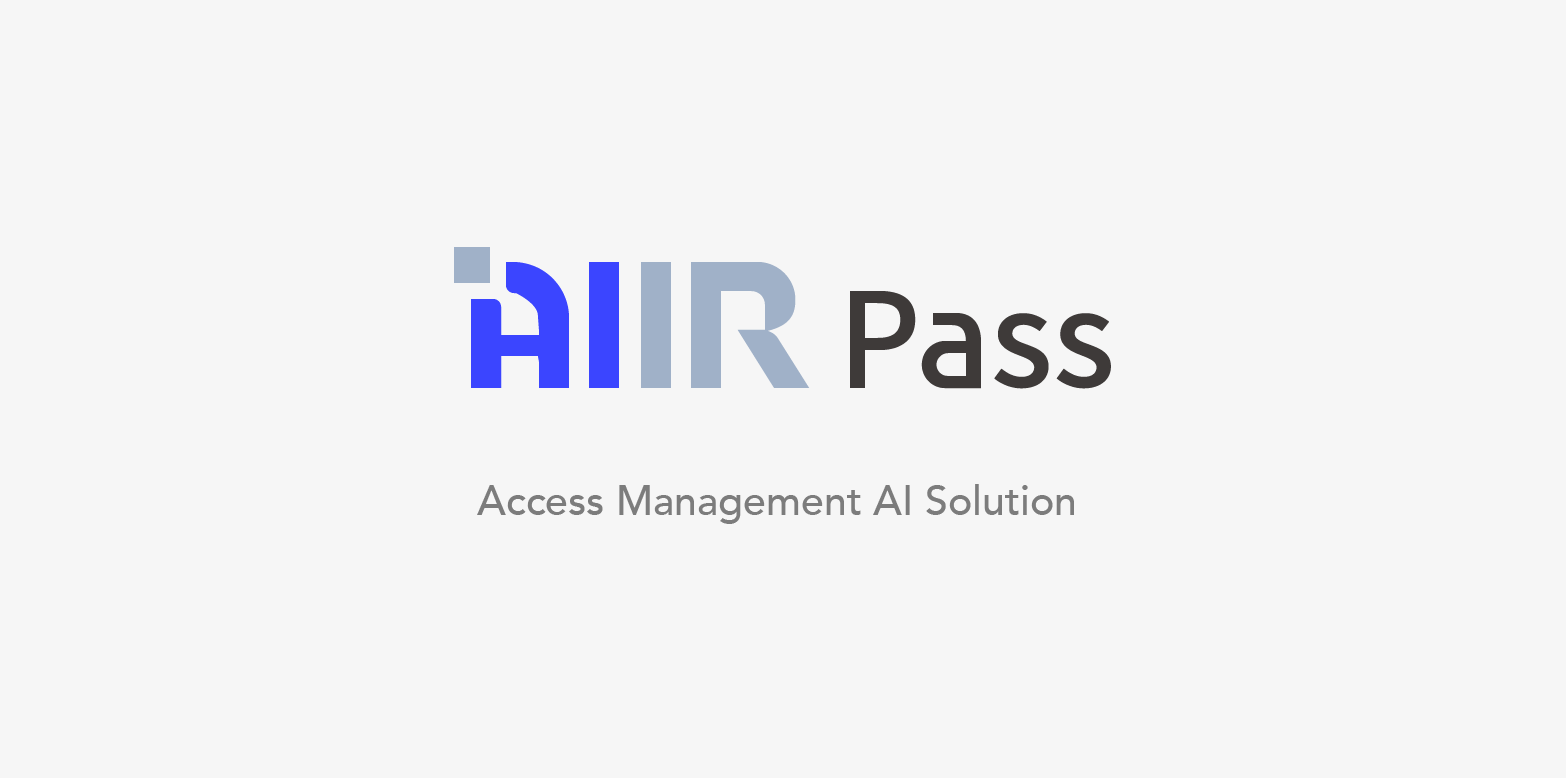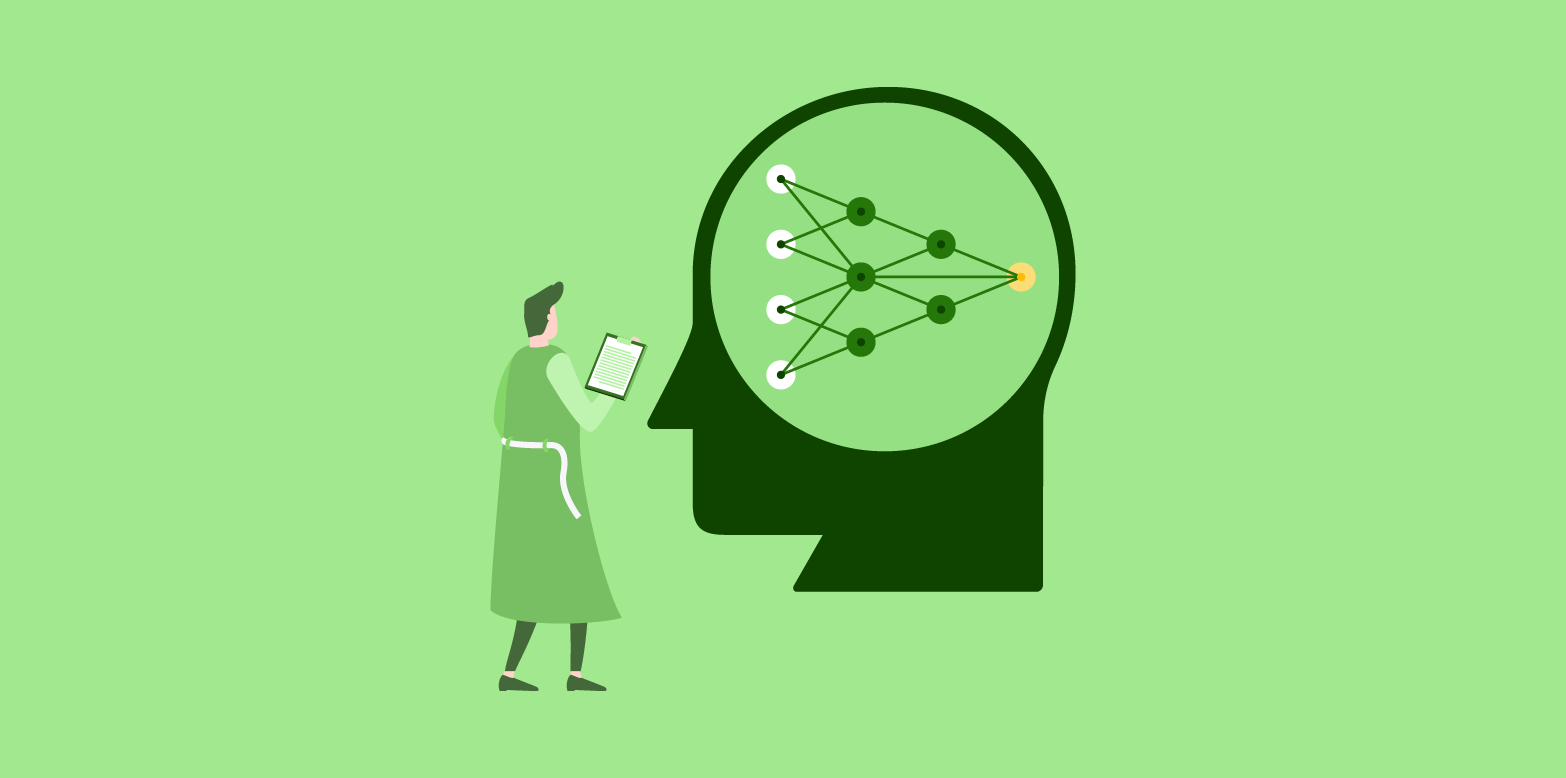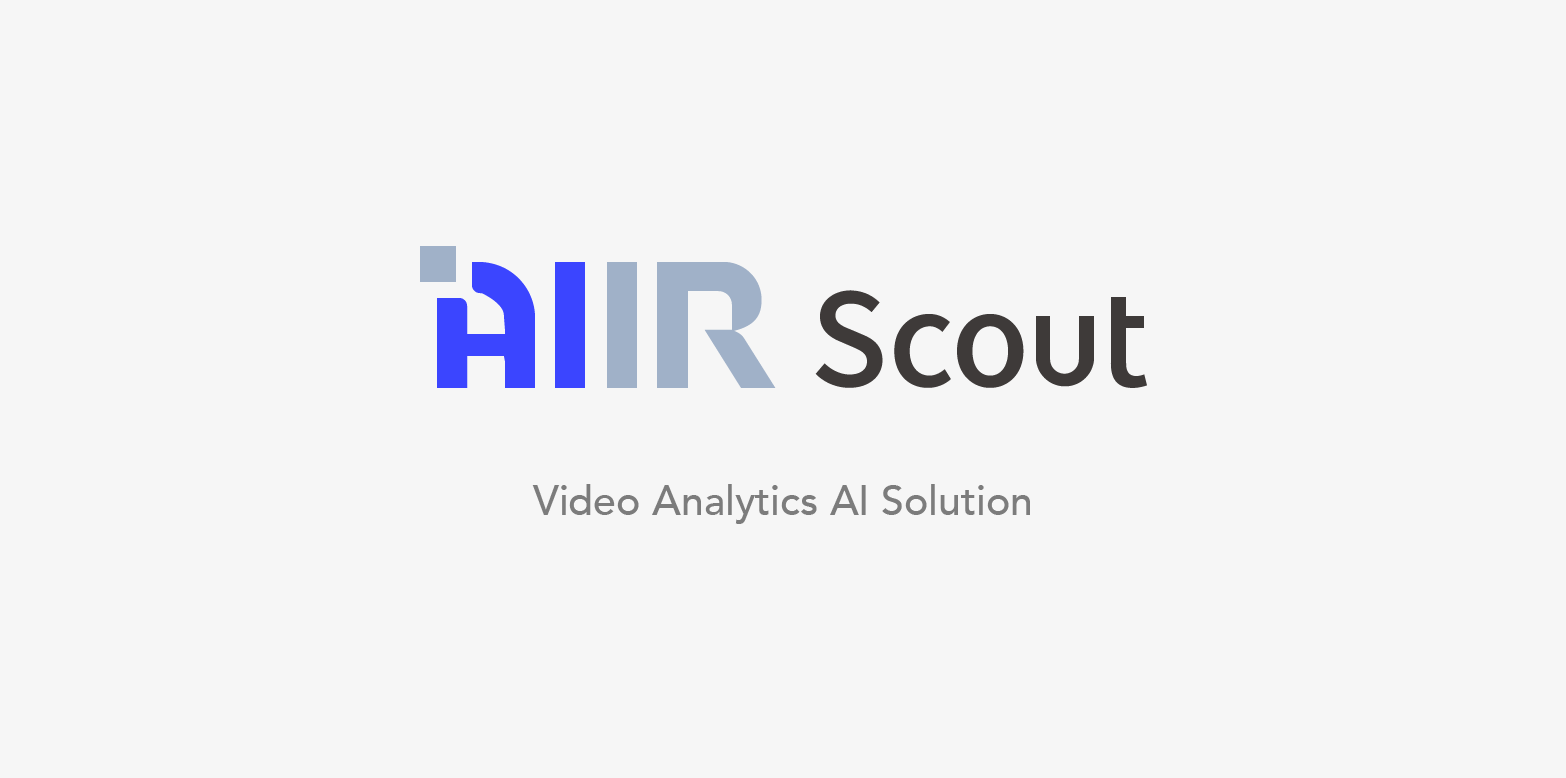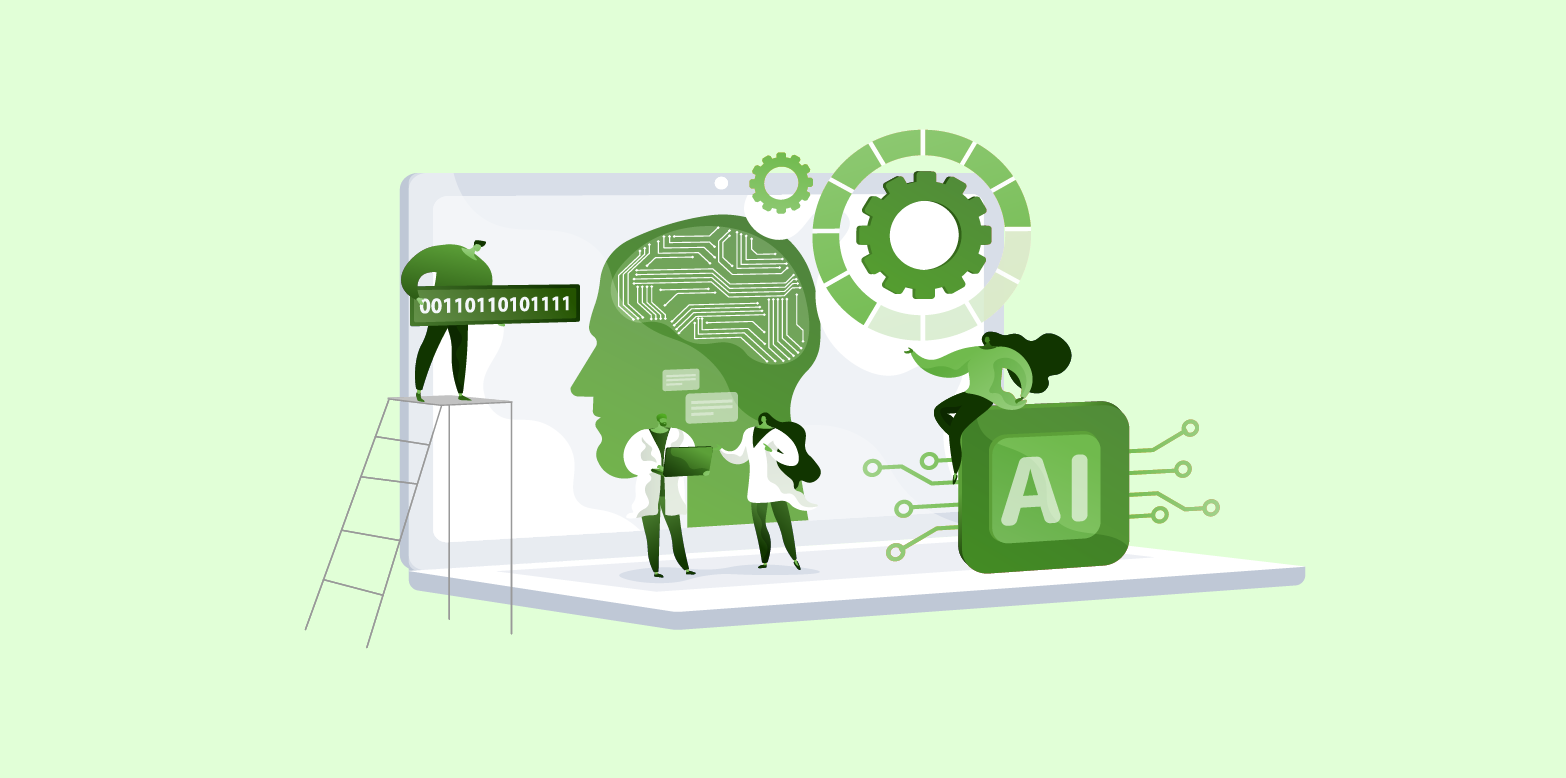Understanding the Fundamentals of AI: A Comprehensive Guide
ALCHERA
October 12, 2023
October 12, 2023
A Journey through the Fundamentals of AI: AI Basics You Should Know
Table of Contents
AI Basics for Beginners: Concepts and Terminology
AI Basics for Beginners: Key Components of AI Systems
- AI algorithms: what are they and why do they matter?
- Data: its significance in training AI
- Hardware: from CPUs to specialized AI chips
- Software frameworks and libraries: TensorFlow, PyTorch and others
AI Basics for Beginners: AI Methodologies
- What is supervised learning?
- What is reinforcement learning? How does it differ from other methods?
AI Basics for Beginners: Ethical Considerations in AI
- Bias and fairness of AI
- Privacy concerns
- AI in decision-making: opportunities and risks
- The debate around AI consciousness and rights
- AI in healthcare
- AI in finance
- AI in security: door access management
- AI in Wildfire Detection
- AI in retail: personalized recommendations and inventory management
- AI in transport: self-driving cars and traffic predictions
- AI in entertainment, energy and agriculture
The Future of AI: Predictions and Speculations
- The rise of quantum computing and AI
- AI in space exploration and colonization
- The potential of merging biotechnology with AI
- The challenges and opportunities in achieving AGI (Artificial General Intelligence)

In the latter half of the 20th century, the world witnessed the inception of Artificial Intelligence (AI), a field aimed at mimicking cognitive functions of the human mind through machines. Fast-forward to today, and AI is an integral part of our daily lives, influencing sectors from healthcare to finance. This article aims to provide a comprehensive guide about AI basics for beginners to understand the fundamentals of AI.
AI Basics for Beginners: Concepts and Terminology
Artificial Intelligence (AI), the endeavor to simulate human intelligence through machines, is a dynamic and expansive field. At its core, AI is about creating smart algorithms that allow computers to learn and make decisions.
AI can be bifurcated into two major categories:
-
Narrow AI, which excels in performing specific tasks it is designed for, often outdoing humans, and
-
General AI, a type still in conceptual phases, intending to comprehend and undertake any cognitive tasks that humans can.
The former is commonplace in today’s technology, while the latter remains largely within the realms of scientific research and literature.
A crucial subset of AI is Machine Learning (ML), wherein computers enhance their performance by learning from data, rather than through explicit programming. ML enables the computer to uncover patterns and insights from data, aiding in various complex tasks including predictive analysis.
Further delving into ML, we find methodologies like Deep Learning, which uses layered neural networks to analyze various factors of data, mirroring the human brain’s decision-making process. This encompasses Neural Networks, a structure of algorithms that endeavors to recognize underlying relationships in a labeled dataset through a process that mimics the way the human brain operates. Additionally, Natural Language Processing (NLP) comes into play, which enables computers to understand, interpret, and generate human language, finding extensive use in chatbots and voice recognition systems.
Understanding these basic concepts and terminologies serves as the starting point in the vast and rapidly evolving landscape of AI, a field that continually reshapes our interaction with technology and the world at large.
AI Basics for Beginners: Key Components of AI Systems
In the landscape of Artificial Intelligence (AI), there exist several fundamental components that work harmoniously to create intelligent systems capable of performing tasks with a degree of autonomy that mirrors human intelligence. This segment delves into these components, namely algorithms, data, hardware, and the frameworks that scaffold AI applications.
AI algorithms: what are they and why do they matter?
At the heart of AI systems lie algorithms — a set of detailed instructions directing computers on how to undertake specific tasks. Algorithms play a pivotal role as they dictate the manner in which data is processed and interpreted. They are conceived to solve problems and make decisions based on the data fed into them. These algorithms evolve, becoming more sophisticated and nuanced through a process known as “Machine Learning ,” wherein they learn and adapt by recognizing patterns and insights derived from large datasets. The efficiency and effectiveness of an AI system are substantially hinged on the sophistication of the algorithms in play, marking their central role in AI development.
Data: its significance in training AI
Data stands as the lifeblood of AI systems. It is through vast reservoirs of data that AI learns and refines its functioning. Training AI systems involve feeding them with large datasets, allowing them to learn and predict outcomes with remarkable precision. The quality and diversity of the data used in training profoundly influence the AI’s performance, enabling it to understand complex patterns and make informed decisions. Moreover, with the utilization of big data, AI systems can continually evolve, enhancing their accuracy and utility in real-world applications. Therefore, data not only initiates AI into function, but also fuels its ongoing evolution, underscoring its monumental role in AI systems.
Hardware: from CPUs to specialized AI chips
To facilitate the advanced computations needed for AI operations, robust hardware configurations are paramount. Initially, Central Processing Units (CPUs) were the cornerstone of computational processes. However, the explosive growth of AI fostered the development of more specialized hardware, including Graphical Processing Units (GPUs) and Tensor Processing Units (TPUs), optimized to handle the high levels of parallel computations required in AI applications. These specialized chips facilitate quicker data processing and more complex calculations, enhancing the efficiency and speed of AI systems, ushering in a new era of accelerated AI computing.
Software frameworks and libraries: TensorFlow, PyTorch and others
Parallel with hardware advancements, software frameworks and libraries have seen significant evolution, offering platforms where AI applications can be designed, trained, and deployed efficiently. TensorFlow and PyTorch stand as leading examples, providing developers with the tools and libraries needed to create AI systems. These frameworks offer pre-defined functions and operations, enabling the easy and fast development of AI applications. They also facilitate collaboration amongst developers, fostering community contributions and the sharing of insights, which play a pivotal role in driving forward the frontiers of AI technology.
AI Basics for Beginners: AI Methodologies
Artificial intelligence (AI) stands on the robust pillars of various methodologies that govern how AI systems learn and adapt. Among these, supervised learning, unsupervised learning, and reinforcement learning are the principal approaches, each with its unique characteristics and applications. Let us delve deeper into each of these to understand the bedrock of AI methodologies.
What is supervised learning?
Supervised learning is a type of machine learning methodology wherein the AI is trained using a dataset that contains both input data and the corresponding correct outputs. The system learns the underlying patterns and relationships in the data to map inputs to outputs and is then able to make predictions or decisions when presented with new data.
Common algorithms and applications of supervised learning
Common algorithms utilized in supervised learning include linear regression, decision trees, support vector machines, and neural networks. These algorithms find applications across various domains such as:
-
Predictive analytics: Predicting future outcomes based on historical data.
-
Image recognition: Classifying and categorizing images into groups.
-
Spam filtering: Differentiating between spam and non-spam emails based on various features.
What is unsupervised learning?
Understanding clustering and association
In unsupervised learning, the AI system is provided with unlabeled data, and the algorithm learns the inherent structure and patterns in the data without any prior training. It primarily involves two techniques:
-
Clustering: Grouping data points with similar characteristics together.
-
Association: Identifying rules that highlight relationships between seemingly independent data in a database.
Common algorithms and applications in unsupervised learning
Algorithms commonly associated with unsupervised learning include K-means clustering, hierarchical clustering, and Apriori algorithm. They are predominantly used in:
-
Market basket analysis: Understanding the purchase behavior of customers.
-
Anomaly detection: Identifying unusual patterns that do not conform to expected behavior.
-
Segmentation in marketing: Grouping customers with similar preferences and buying behaviors.
If you want to learn more about anomaly detection technologies, check AIIR Scout (https://alchera.ai/en/solutions/aiir-scout) by ALCHERA.
What is reinforcement learning? How does it differ from other methods?
Reinforcement learning operates on a reward-based system wherein the AI learns optimal actions through trial and error, aiming to achieve the highest cumulative reward. It is fundamentally different from supervised and unsupervised learning as it involves interaction with an environment to learn optimal policies, rather than learning from a fixed set of data.
Real-world applications of reinforcement learning
Reinforcement learning has found its footing in a range of applications, including:
-
Gaming: Developing AI agents capable of playing and winning complex games, learning strategies through repeated gameplay.
-
Robotics: Teaching robots to perform tasks with a high degree of autonomy.
-
Energy management: Optimizing energy consumption in large industrial setups and intelligent buildings.
AI Basics for Beginners: Ethical Considerations in AI
As AI continues to permeate various areas of human life, it is incumbent upon society to address the pressing ethical issues surrounding its deployment. From concerns of bias and fairness to privacy and decision-making autonomy, the ethical dimensions of AI are expansive and ever-evolving. Furthermore, as we venture deeper into the realms of AI, questions surrounding AI consciousness and rights are beginning to take shape, necessitating a conscientious approach to AI development and implementation.
Bias and fairness of AI
Prevalent issues
The synthesis of AI systems often inadvertently incorporates biases present in the training data or the developers themselves. This manifests in unfair outcomes and discrimination, jeopardizing the very notion of justice and equity. For instance, facial recognition technologies have been found to exhibit racial and gender biases, thereby raising critical questions about their deployment.
Mitigation strategies
A crucial aspect of addressing this issue lies in the conscious effort to curate diverse and representative datasets for training AI systems. Furthermore, developers must prioritize building transparent AI systems that allow users to understand and challenge the decisions made by the AI. In this landscape, the role of regulatory bodies becomes paramount in enforcing fairness and ensuring accountability.
Privacy concerns
Data handling and consent
With AI systems frequently handling sensitive personal information, concerns around privacy have escalated. The unauthorized use of data, alongside the potential for deepfakes and other manipulative technologies, poses severe risks to individual privacy.
Regulatory approaches
Safeguarding privacy necessitates robust regulatory frameworks that govern data acquisition and utilization. Consent should be at the forefront, with users having clear knowledge and control over how their data is being used. Moreover, employing techniques like differential privacy can offer avenues to utilize data while protecting individual privacy.
AI in decision-making: opportunities and risks
Augmenting human decisions
AI holds promise in augmenting human decision-making, offering data-driven insights that can enhance efficiency and effectiveness across various fields including healthcare, finance, and governance.
Challenges and oversights
However, an over-reliance on AI could potentially lead to abdication of human responsibility and critical thinking, giving rise to a plethora of risks including incorrect decisions based on flawed algorithms. Hence, a balanced approach that harmonizes AI insights with human oversight is vital.
The debate around AI consciousness and rights
Philosophical underpinnings
As AI systems become increasingly sophisticated, a burgeoning discourse around the philosophical implications of AI consciousness has begun to unfold. The question of whether advanced AI systems could attain a level of consciousness and thereby necessitate rights is a deeply philosophical and ethical contemplation.
Legal and societal considerations
Delving into this realm would require a reevaluation of legal frameworks to consider the implications of AI consciousness, drawing boundaries between creators and creations, and establishing a set of rights and responsibilities for AI entities.
As we stand at the precipice of an AI-driven future, navigating the ethical landscape becomes a cardinal task. Addressing biases, ensuring privacy, striking a balance in AI-augmented decision-making, and contemplating the deeper philosophical ramifications of AI consciousness are imperative avenues of consideration. The objective remains to foster a future wherein AI serves humanity, enhancing our capabilities while adhering to a moral compass that ensures fairness, justice, and respect for all.
Real-world Applications of AI
AI has been a catalyst for innovation in various industries, steering them towards a future that is efficient and technologically advanced. In this segment, we delve into a number of real-world applications, showcasing how AI has been instrumental in transforming the operational dynamics of different sectors.
AI in healthcare
Predictive analytics and robot-assisted surgeries
Predictive analytics have been a revolutionary force in the healthcare sector, enabling the early detection of diseases and assisting in personalized treatment plans. Furthermore, robot-assisted surgeries have enhanced the precision and efficiency in surgical procedures, bringing forth a new era in medical interventions that promise better outcomes for patients.
Senior healthcare - AIIR Scout by ALCHERA
Focusing on senior healthcare, AIIR Scout developed by ALCHERA is a leading solution in fall detection, a critical aspect in the care of the elderly. Utilizing AI algorithms, it analyzes data to identify potential fall incidents, thereby facilitating timely interventions and reducing the risk of severe injuries. This application of AI showcases a remarkable stride in enhancing safety and care in senior healthcare settings.
Read more about AI in Healthcare:
AI in finance
Fraud detection and robo-advisors
In the finance sector, AI platforms like AIIR ID are transforming security protocols, introducing a new level of safety through identity verification systems that help in mitigating fraud. Furthermore, robo-advisors, grounded in AI technologies, offer intelligent investment guidance, facilitating informed financial decision-making by analyzing vast swathes of data to predict market trends.
AIIR ID for identity verification

Special mention must be made of AIIR ID, which is becoming a linchpin in financial security through identity verification. AIIR ID uses advanced AI algorithms to verify the identities of individuals engaged in financial transactions, substantially reducing the risks of fraud and ensuring secure financial operations.
Read more about AI identity verification solutions for finance:
-
The Role of Face Liveness Detection in Identity Fraud Prevention
-
Verification Solution of the Financial Sector with Face Recognition AI
AI in security: door access management

Security has seen remarkable innovations with AIIR Pass stepping in to redefine door access management. Utilizing AI technology, it ensures a high level of security by facilitating intelligent recognition systems for door access, offering not just safety but also operational efficiency, showcasing the potential of AI in enhancing security infrastructures.
Learn more about AI for security purposes:
AI in Wildfire Detection
FireScout for Early Wildfire Detection
AI in wildfire detection, epitomized by solutions like ALCHERA's FireScout, stands as a beacon of hope in the fight against the escalating threat of wildfires. By leveraging advanced AI algorithms for early detection and predictive analytics, FireScout fosters a proactive approach in wildfire management. The solution promises not just to safeguard communities, but also to play a pivotal role in preserving the delicate balance of ecosystems affected by wildfires. As we look towards a future wherein the ramifications of climate change are ever-increasing, innovations such as FireScout represent a formidable ally in protecting our planet and its inhabitants.
Read more about AI for early wildfire detection here:
-
AI vs. Traditional Methods for Wildfire Prevention: Which Is More Effective?
-
When Wildfire Strikes: How to Prepare and Respond as a Government, Business, or Individual
-
The Economic Costs of US Wildfires: Analyzing the Impacts on Local Communities and Industries
-
Smart Surveillance: How AI Cameras are Revolutionizing Forest Wildfire Management
AI in retail: personalized recommendations and inventory management
AI has been a game-changer in the retail industry, ushering in a new era of personalized shopping experiences through intelligent recommendations based on customer behavior and preferences. Moreover, it aids in inventory management, using predictive analytics to maintain optimal stock levels and reduce overhead costs.
AI in transport: self-driving cars and traffic predictions
Transportation is steering towards a revolutionary phase with the development of self-driving cars that utilize AI for safe and efficient navigation. Additionally, AI assists in traffic management, predicting congestion patterns and suggesting optimal routes to ensure smooth and hassle-free commutes.
AI in entertainment, energy and agriculture
In other sectors such as entertainment, AI enhances user experiences through personalized content recommendations. In the energy domain, it optimizes production and consumption, and in agriculture, AI empowers farmers through precision farming techniques, promising higher yields and sustainable practices.
The Future of AI: Predictions and Speculations
As we stand on the threshold of a new era, the artificial intelligence landscape is poised for transformative developments that herald unprecedented changes in various facets of our existence. Let us venture into the exciting and sometimes speculative world of the future of AI, where possibilities seem endless, and innovations, boundless.
The rise of quantum computing and AI
In recent years, the discourse around quantum computing has intensified, painting a future wherein AI systems are powered by computational capabilities that dwarf the mightiest supercomputers of today. Quantum computers leverage the principles of quantum mechanics to perform calculations at speeds unimaginable with current technology.
The integration of AI and quantum computing promises breakthroughs in drug discovery, climate modeling, and encryption technologies. It envisions a world where complex problems that would take traditional computers millennia to solve could potentially be addressed in mere seconds, opening up new horizons in AI research and applications.
AI in space exploration and colonization
As we set our sights beyond our home planet, AI emerges as a crucial partner in the ambitious journey of space exploration and potential colonization of other celestial bodies. AI can pilot autonomous spacecraft, manage habitation systems, and even assist in scientific experiments to unearth the mysteries of the cosmos.
Space agencies are increasingly relying on AI to analyze vast amounts of data collected from space missions, aiding in the discovery of new celestial phenomena and potentially habitable exoplanets. In the grand vision of establishing human colonies on distant planets, AI will play a central role in ensuring the sustainability and success of such endeavors.
The potential of merging biotechnology with AI
The intersection of biotechnology and AI paints a promising picture wherein healthcare and medical research undergo a revolution. Imagine AI systems that can predict illnesses before symptoms appear, or nanobots powered by AI cruising through our bloodstream to carry out repairs at a cellular level.
This amalgamation promises personalized medicine, wherein treatments are tailored to individual genetic makeup, fostering higher success rates and fewer side effects. Moreover, AI can spearhead the research in gene editing technologies, potentially eradicating hereditary diseases and extending human lifespan.
The challenges and opportunities in achieving AGI (Artificial General Intelligence)
As we traverse the path to realizing Artificial General Intelligence (AGI), we encounter a realm of immense opportunities and correlative challenges. AGI refers to AI systems with cognitive abilities equal to that of a human being, capable of learning and understanding any intellectual task that a human being can do.
While the development of AGI promises a leap towards machines that can truly think, understand, and even possess consciousness, it also presents ethical dilemmas and safety concerns. The race to AGI is laden with questions surrounding the potential for misuse, the threat to human jobs, and the philosophical conundrum of machine consciousness.
Despite the challenges, AGI opens up possibilities of monumental advancements in technology, potentially solving complex global issues and ushering in an era of unprecedented prosperity and technological symbiosis.
As we venture into the future of AI, a landscape rich with opportunities and innovations awaits. From the integration of AI with quantum computing to the pivotal role it stands to play in space exploration and biotechnology, the path forward is vibrant with possibilities. However, as we inch closer to achieving Artificial General Intelligence, it becomes imperative to navigate the journey with a conscious approach, balancing the boundless opportunities with ethical considerations and safety. The future of AI is not just a technological journey but a voyage into the unknown, where dreams, ethics, and realities coalesce to shape a future beyond our wildest imaginations.
...
...





